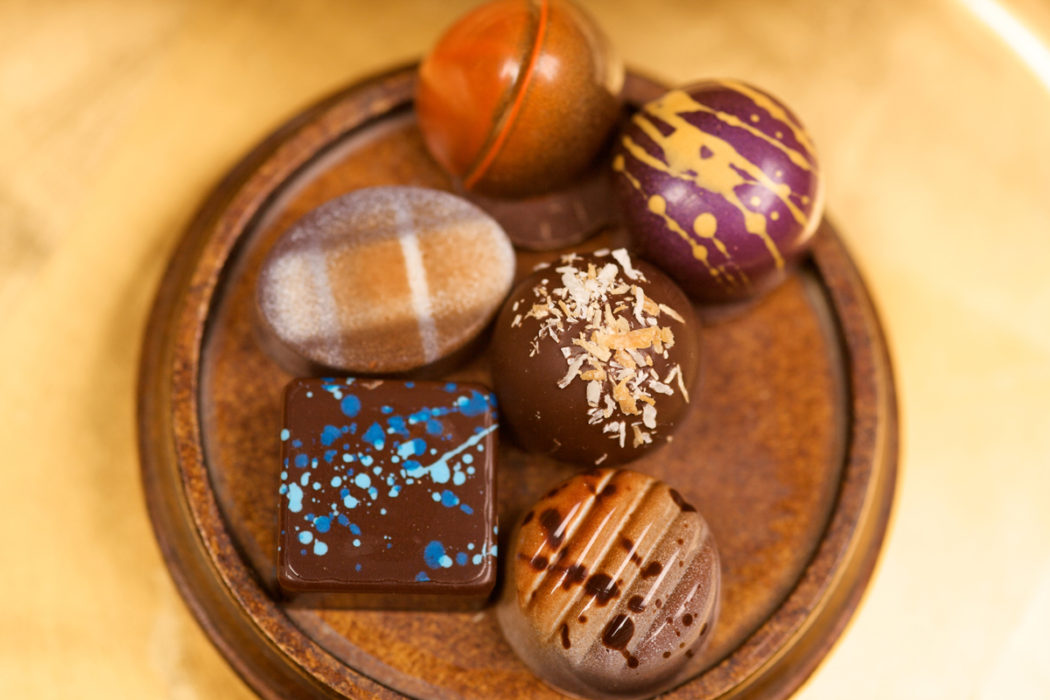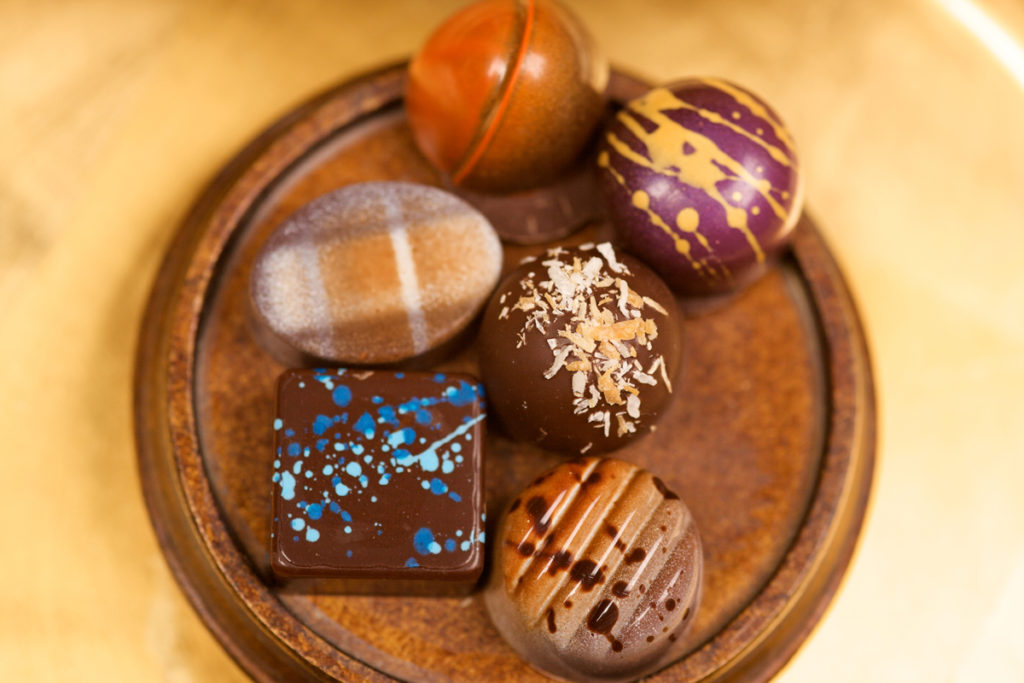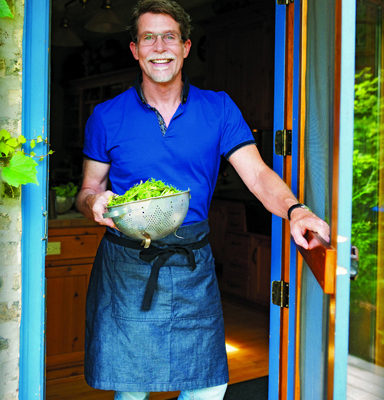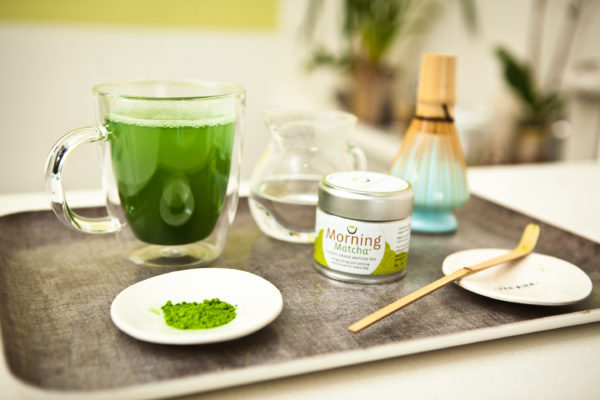Beaux Sejours Chef Q&A: Norman Love, founder/owner Norman Love Confections
What was your inspiration in creating a single origin dark chocolate?
Because I was fortunate enough to travel extensively, I was able to sample the ultra-premium products of leading chocolate manufacturers and to hand-select some of the finest chocolates from many plantations to use in my confections.
I find single-origin chocolates very interesting, in much the same way as a winemaker works with grapes. Each year, Mother Nature influences the bean and what it will taste like. It will be different each year, in the same way that grapes vary because of weather and other conditions. Using chocolate from a single plantation may be very different from one year to the next and, as a chef, I find the changing flavor profiles interesting to use and to marry with many types of finished confections.
Can you tell us how the chocolate-making process works?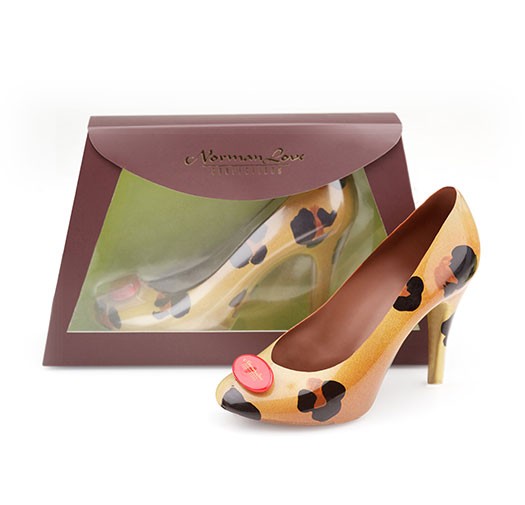
Beans are grown on land that’s 20 degrees north or south of the equator on cacao trees, which begin to fruit 3 to 5 years after maturity. They grow in pods that are 8 to 10 inches long, containing about 35 beans surrounded by mucous membrane.
When the pods turn crimson, they are ripe and picked, and the beans are extracted. First, they are fermented in wooden vats in the tropical sun for hours or days. Then they are dried on large screens set on the floor or just above it. The beans are raked and turned to dry. Then they are packaged and sent to manufacturers around the world who remove stones and debris then roast the beans. The shells are removed and what’s left is the nib, which is the beginning of chocolate. The nibs are ground and turned into a paste. During this process, much of the cocoa butter is removed. What’s left is cocoa liqueur that is put in a conching machine – a big mixer, where sugar and cocoa butter are added, the amount depending on the type of chocolate being made. Some chocolates contain vanilla as well and an emulsifier. Chocolates range from bittersweet, which contains no sugar, to semi-sweet to milk chocolate, which contains milk and more sugar.
I don’t make the chocolate I use but purchase it from the best manufacturers in the world. It’s much the same as if I were operating a steakhouse; I wouldn’t want to own a cattle ranch, but I would source the finest beef in the world.
Do you have a favorite chocolate from a particular region?
My favorite is a Venezuelan bean from the Maracaibo region. It has moderate acid and lots of red fruit flavors, which I like in chocolates, and a fairly consistent cocoa intensity.
You have been awarded a wide array of accolades from Top Chef to Coup de Monde de la patisserie. Is there one award that stands out among your most favored?
The first time our chocolates were named the best in the country by a leading national consumer ratings magazine, that was an amazing thing and a measure of the excellence of our team. It has happened more than a dozen times now and we always appreciate the recognition, but that first time was incredibly special.
Being a celebrity in your own right, what is it like to collaborate with other celebrity Chefs like Julia Child?
I really don’t consider myself a celebrity chef, but having the opportunity to spend two memorable days in Cambridge with Julia Child and appear on her show are perhaps the most inspirational and motivational culinary moments I have ever had. I have so many wonderful memories, especially sitting in the garden at her home and listening to her stories after shooting all day. It was an experience I will always treasure.
What suggestions to you have for pairing red or white wines with your chocolate creations?
I love to pair high cocoa intensity chocolates – those containing 70 percent cocoa liqueur or higher – with a really big red Bordeaux or, because I really love Italian wines, a great Barolo with a well-balanced intense dark chocolate tastes wonderful to me. White wines and sparkling wines are best paired with fruitier flavors – strawberry, orange, mango, passion fruit. Chocolates containing those flavors pair well with acidic white wines.
Creating chocolates is definitely a labor of love. How does making chocolate reflect your philosophy of life?
I think it more accurately reflects my philosophy as a chef of listening to and understanding the customer. Being an American chocolatier and pastry chef, I am creating chocolates mostly for American consumers. I like to create items that are recognizable, comfort foods, foods that American consumers can easily identify and to which they readily relate. I think that simplicity in food is difficult to do well, but it’s what I enjoy the most. You can go to a restaurant and order something with a long fancy name, but if the menu offers roasted chicken and the chef prepares the best, most succulent, crispy chicken, that’s what I’d most enjoy. It’s harder to do. I have a respect for simple flavors. I feel the same way about desserts. Give me a simple pound cake or a pastry with just a few flavors. Simplicity with perfect execution is how I’d describe the philosophy of my culinary life.
If you had the opportunity to spend an evening with someone from history, who would it be?
Gaston Lenotre. He is the grandfather of French pastry. The world of pastry is certainly pioneered by the French, and classical French desserts are the inspiration for the desserts of today.
Your newest line is your gelato. What inspired you and do you have any other projects coming up?
I started making ice cream in high school and it is still my personal favorite when it comes to sweets. I love the idea of incorporating gelato into my product line because of its artisanal heritage that mimics so much of what we do – great ingredients, making it fresh every day; those are fairly new concepts for Americans. I wanted to be the guy who brought true artisanal fresh gelato to my customers with an American flavor twist.

